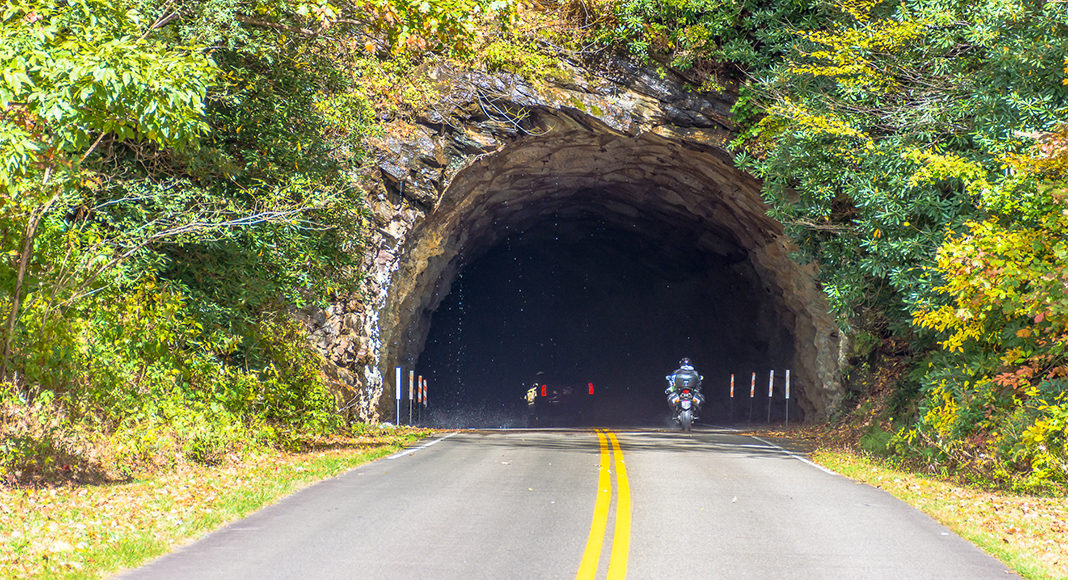Recent data from the North Carolina Department of Transportation (NCDOT) indicates that motorcycle fatalities are on the rise in North Carolina, prompting AAA Carolinas to express concern that 2019 could be one of the most deadly years to date.
In 2018 there were 170 motorcycle deaths in the state of North Carolina â an increase of almost 21 percent from 141 in 2017, according to NCDOT.
âWhile we canât say for certain why crashes and fatalities are up for motorcyclists, we speculate it could be a result of more distraction behind the wheel, including the use of hand-held electronic devices,â said Tiffany Wright, AAA Carolinas. âWith the spring driving season just around the corner, we want to remind everyone to be extra vigilant as more motorcyclists hit the road, because even the most minor of bump-ups to a vehicle can be deadly to a motorcyclist as they are not surrounded by any protection.â
AAA Carolinas recommends that motorists take the following steps to help make roads safer for motorcyclists:
- Be extra cautious on weekends, when motorcyclists take to the road.
- Provide motorcyclists adequate room to maneuver. Follow at least five to six seconds behind them.
- Allow extra maneuvering room in areas with potholes, pavement transitions and railroad crossings. Motorcyclists may need to slow down, stop or adjust their lane position.
- Never try to share a lane with a motorcycle. Motorcycles have the same right to lanes as any other vehicle.
- Never drive distracted or impaired.
- If a motorcycle is nearby, check your mirrors carefully before changing lanes. Motorcycles may be in your blind spots or difficult to see because of their smaller size.
- One of the most common reasons drivers give for cutting off or pulling out in front of a motorcycle is that they âdidnât see it.â
AAA Carolinas provides the following tips to motorcyclists:
- Keep headlights, marker and taillights on at dusk and in dark or rainy weather.
- Stay at least five to six seconds behind a vehicle you intend to pass, checking oncoming traffic from the left side of the lane, signaling your intention to turn and then checking for oncoming traffic before passing.
- Never ride distracted or impaired.
- Check rearview mirror and quickly turn your head to ensure the vehicle is a safe distance behind when completing a pass.
- Wear helmets that meet a high protection standard.
- Wear appropriate clothing, eyewear and sturdy, closed toe footwear.



















